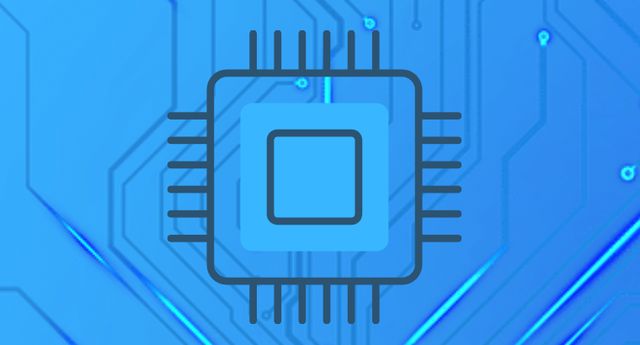
The Importance of Neuralink in Neurotechnology
The Importance of Neuralink in Neurotechnology
Table of Contents
ToggleNeuralink, founded by Elon Musk in 2016, aims to revolutionize the field of neurotechnology by developing brain-machine interfaces (BMIs). The importance of Neuralink in neurotechnology lies in its potential to bring significant innovations to both the healthcare sector and human-machine interactions. In this blog post, we will explore Neuralink’s contributions to neurotechnology, potential applications, and future impacts.
The Founding Purpose and Vision of Neuralink
Neuralink aims to develop ultra-high bandwidth brain-machine interfaces that can be implanted into the human brain. Elon Musk envisions a future where people can control devices with their thoughts by connecting their brains to computers. Neuralink’s vision spans a wide range of applications, from treating neurological diseases to enhancing human cognitive abilities.

Fundamental Principles of Neurotechnology
Neurotechnology uses various devices and algorithms to detect and interpret brain signals. The essential components of this technology include electrodes, software that analyzes brain signals, and interfaces that transmit these signals to external devices. Neuralink combines these components to develop an innovative system that accurately reads and interprets brain signals.
Technological Innovations of Neuralink
1. Ultra-Thin Electrodes and Chips
The core of Neuralink’s technology is ultra-thin electrodes that can be implanted into the human brain. These electrodes cause minimal damage to brain tissue and can detect brain signals with high precision. Neuralink has also developed small chips that support these electrodes, which collect, process, and wirelessly transmit brain signals to external devices.
2. Robotic Surgical Systems
Neuralink has developed robotic surgical systems to place these thin electrodes in specific regions of the brain. These robots operate with millimeter precision to ensure the electrodes are correctly positioned, reducing the risks of surgical interventions and speeding up patients’ recovery processes.
3. Wireless Transmission Technology
Another significant innovation of Neuralink is the technology that allows wireless transmission of brain signals. Thanks to this technology, devices implanted in the brain can communicate wirelessly with external devices. This not only makes patients’ daily lives more comfortable but also facilitates data collection and analysis processes.
Applications of Neurotechnology in Healthcare
1. Treatment of Neurological Diseases
Neuralink’s technology has the potential to revolutionize the treatment of neurological diseases. Accurate analysis and intervention of brain signals are crucial in treating diseases such as Parkinson’s, epilepsy, and Alzheimer’s. Neuralink aims to offer solutions that will alleviate or completely eliminate the symptoms of these diseases.
2. Paralysis and Spinal Cord Injuries
In cases of paralysis and spinal cord injuries, brain signals cannot be transmitted to the muscles, causing patients to lose their ability to move. Neuralink is developing solutions that will allow patients to move again by directly transmitting these signals to muscles or external devices through brain-machine interfaces. This offers a beacon of hope for paralyzed individuals.
The Future and Societal Impacts of Neurotechnology
1. Enhancing Human Cognitive Abilities
Neuralink’s technology aims not only at medical applications but also at enhancing human cognitive abilities. Through brain-machine interfaces, people will be able to access information more quickly and efficiently by directly communicating with computers and the internet. This could lead to revolutionary changes in many areas, from education to business.
2. New Forms of Communication
The technology offered by Neuralink can also create fundamental changes in human communication. With brain-machine interfaces, people will be able to transmit their thoughts directly and overcome language barriers to form a global communication network. This will increase cultural interactions and open the door to global collaborations.
3. Ethical and Security Issues
Neuralink’s technology also brings along ethical and security issues. Concerns such as the privacy of brain data, the risk of misuse of this data, and the long-term effects of brain-machine interfaces on humans are issues that need to be carefully addressed. Regulations and research in this field will ensure that the technology is used safely and ethically.
Conclusion
Neuralink has the potential to revolutionize both the healthcare sector and human-machine interactions with its innovations in neurotechnology. Through its development of ultra-thin electrodes, robotic surgical systems, and wireless transmission technology, Neuralink offers a wide range of applications, from the treatment of neurological diseases to enhancing human cognitive abilities. However, the ethical and security issues of this technology must also be carefully addressed. The importance of Neuralink in neurotechnology is considered a significant step for the future of humanity.
Stay tuned with us to learn more about Neuralink’s innovations and potential applications in the field of neurotechnology. By closely following these exciting developments, let’s discover together what the future holds.





















Post Comment